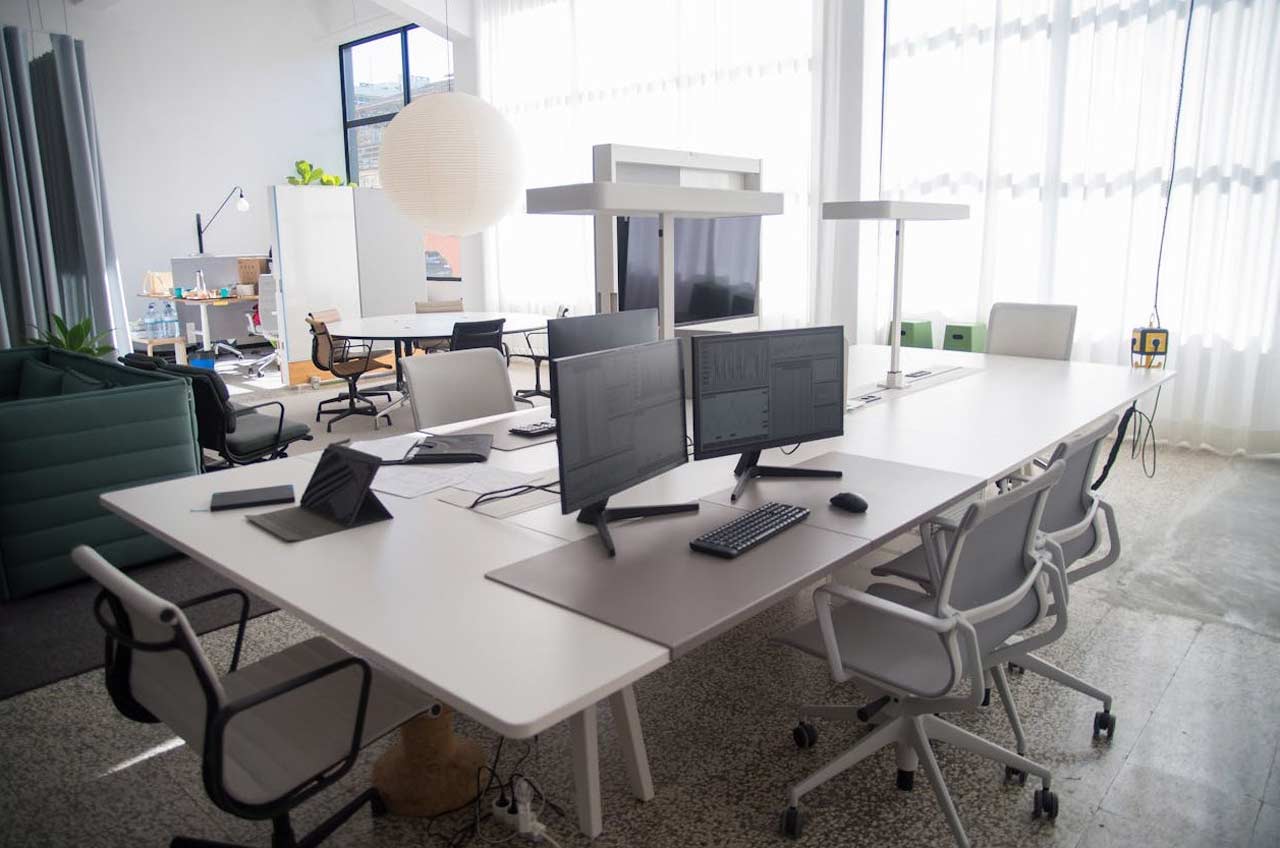 The style of your office space plays a pivotal part in shaping the efficiency and well-being of your employees. If perhaps you have been following the same old office layout and are curious exactly why your team’s motivation level is very low or why collaboration is struggling, the solution may lie in the actual physical environment itself. For instance, FIDI coworking spaces in huge business hubs such as San Francisco are a wonderful illustration of just how contemporary, adaptable spaces can improve both unique groups and focus collaboration.
The style of your office space plays a pivotal part in shaping the efficiency and well-being of your employees. If perhaps you have been following the same old office layout and are curious exactly why your team’s motivation level is very low or why collaboration is struggling, the solution may lie in the actual physical environment itself. For instance, FIDI coworking spaces in huge business hubs such as San Francisco are a wonderful illustration of just how contemporary, adaptable spaces can improve both unique groups and focus collaboration.
The Impact of Office Layout on Productivity
The office layout is of all the initial issues your personnel speak about every day, and of course, it can have a major influence on productivity. An office that is poorly organized can easily result in distractions, frustration, and discomfort. On the other hand, a well-planned office space can help increase focus, encourage teamwork, and also make a typically effective atmosphere.
The key to a great office layout is balance. Spaces that are Open motivate effort, making it much easier for teams to communicate, brainstorm, and resolve problems together. Nevertheless, excessive openness can also generate noise and distractions that make it hard for employees to focus on individual tasks. That is why semi-private or private spaces are important for focus.
Additionally, ergonomic design is essential for making certain workers are comfy and may also fit hours that are long with no strain. Adjustable seats, standing desks, and lighting may all create a major impact on minimizing discomfort and boosting efficiency.
Natural Lighting and Air Quality: Simple Yet Effective Factors
Among the easiest but best methods to improve your office environment is by boosting natural lighting. Scientific studies indicate that exposure to organic light can boost mood, enhance concentration, and assist with sleep. In a well-lit business office, workers are likely to feel far more awake, energized, and prepared to handle the day’s tasks. If at all possible, try positioning desks near windows to take full advantage of natural light. For places that lack access to sunshine, daylight-mimicking LED lighting fixtures can produce a comparable impact, keeping workers aware and engaged.
Air quality is yet another often-overlooked component that plays an important role in developing a productive workspace. Poor air quality can trigger difficulty, headaches, and fatigue concentrating, every one of which will hinder performance. Making sure that your office has proper ventilation, whether through wide open HVAC or windows systems, will help keep a comfortable and healthy setting. Home air cleaners or plants will also be great additions that can improve the air quality and general experience of the workspace.
Incorporating Technology to Obtain a Smarter Workspace
Incorporating the appropriate technology in your office design is essential for improving productivity and efficiency. Modern businesses rely intensely on smart tools and systems to streamline procedures and facilitate communication. From electric collaboration platforms like Slack to high-speed internet, the very best technology can assist your team in staying connected and working much better.
Smart business features like electronic room reservation systems, noise-canceling know-how, and automated lighting controls can take your workplace layout to the next fitness level. These technologies not only improve efficiency but also create a far more comfortable and easier workplace. For instance, automatic lighting that changes promptly based on occupancy or day can help decrease energy waste while keeping the perfect lighting conditions for work.
Security is additionally an essential requirement of office technology. Keyless entry methods and secure electronic storage solutions ensure that your employees can use the information they require without compromising the security of very sensitive info.
Workplace Culture and The Connection to Office Design
Although the physical style of the office plays an important component in shaping productivity, workplace culture is also as important. An effective office culture fosters creativity, collaboration, and employee well-being, which consequently results in far better business outcomes. Your office layout must help support a way of life that encourages both unique focus and teamwork.
For instance, getting areas for rest, such as rooms that are quiet or maybe lounges, offers personnel an area to recharge during the workday, stopping burnout and boosting morale. Promoting flexibility in just how employees work also can boost job satisfaction.
Conclusion
The style of your office space can have a major effect on how nicely your business operates. From layout to lighting, quality of the air to technology, each component of your workspace plays a role in the general efficiency of your team. Creating an effective workplace environment that encourages well-being, collaboration, and focus is essential to your business’s long-range success.







